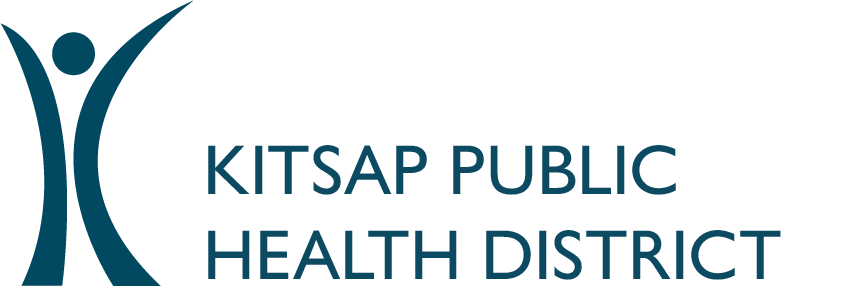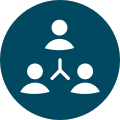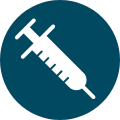A respiratory illness is a disease that affects a person’s lungs or breathing. Viruses are a common cause of respiratory illness, especially during fall and winter — sometimes called “cold and flu season.”
Examples of respiratory illnesses caused by viruses include:
Common colds (rhinovirus, coronavirus, and other viruses)
Flu (influenza viruses)
RSV (respiratory syncytial virus)
COVID-19 (novel coronavirus: SARS-CoV-2)
View our Respiratory Illness Report to learn about current respiratory virus trends.

Disease Information
Communicable diseases are diseases that spread between people or animals. Click on the buttons below to learn about specific diseases. For more disease information, visit the CDC's health topics index.

Our vision: A safe and healthy Kitsap County for all.
Symptoms
Different respiratory illnesses have different symptoms. Runny nose, coughing, sneezing, tiredness, fever, and sore throat are all symptoms commonly associated with seasonal respiratory illnesses. Learn more about symptoms of colds, flu, RSV and COVID-19.
Note: "Stomach flu" or "stomach bugs" involving diarrhea and vomiting are not typically related to influenza (flu). "Stomach flu" is often caused by norovirus, an extremely contagious virus that causes gastrointestinal illness.
Who is most at risk?
What to do if you are sick
Preventing respiratory viruses
Note for mobile/tablet users: This data dashboard is not available on mobile devices. To view this dashboard, please visit this page on a computer.
Respiratory Viruses
Looking for more healthcare guidance or resources? Visit our Provider Resources page.







.png)
